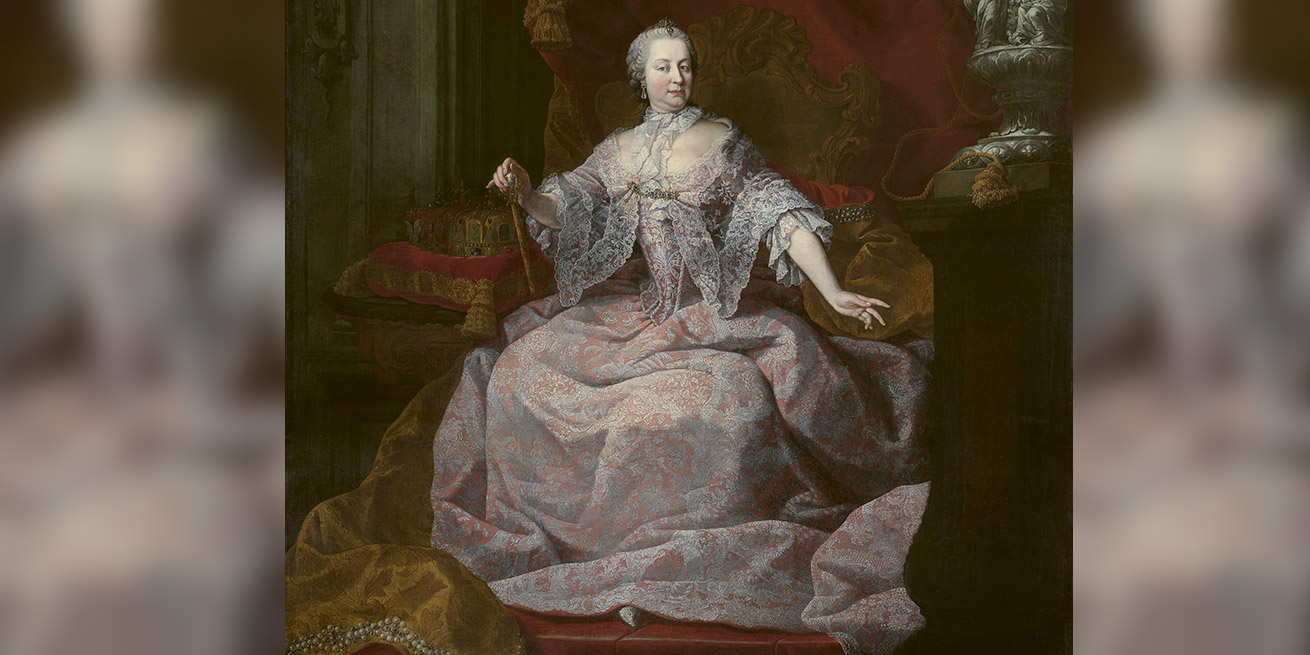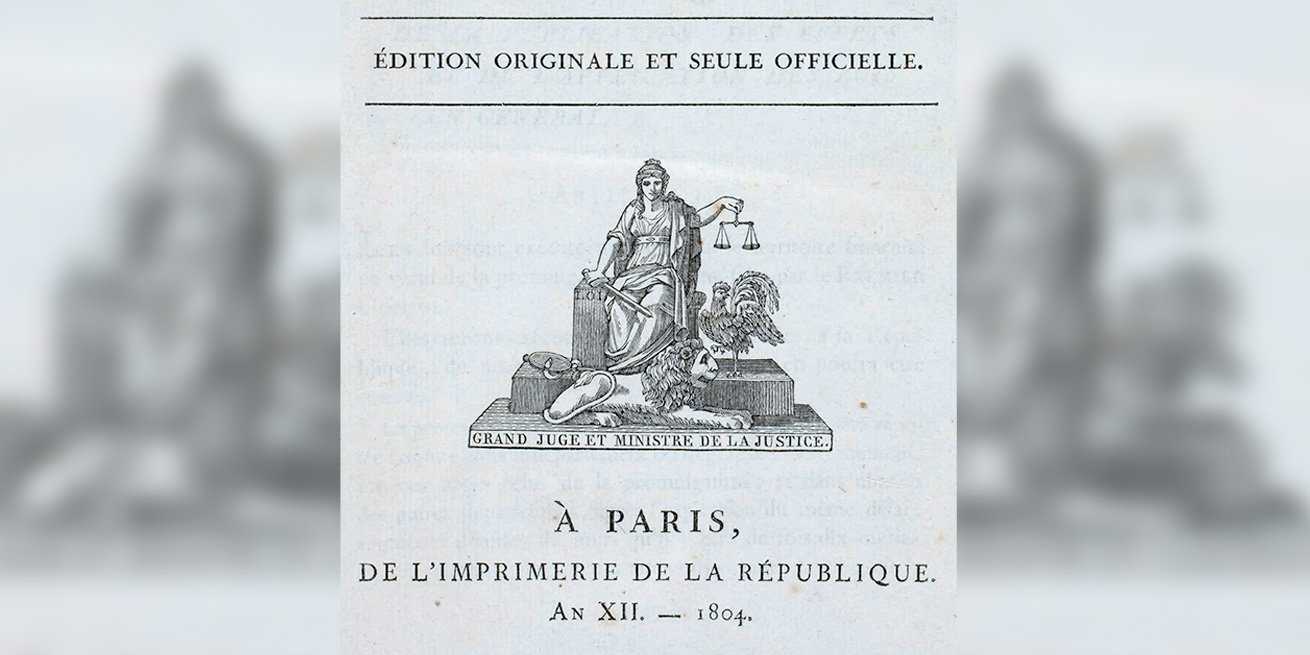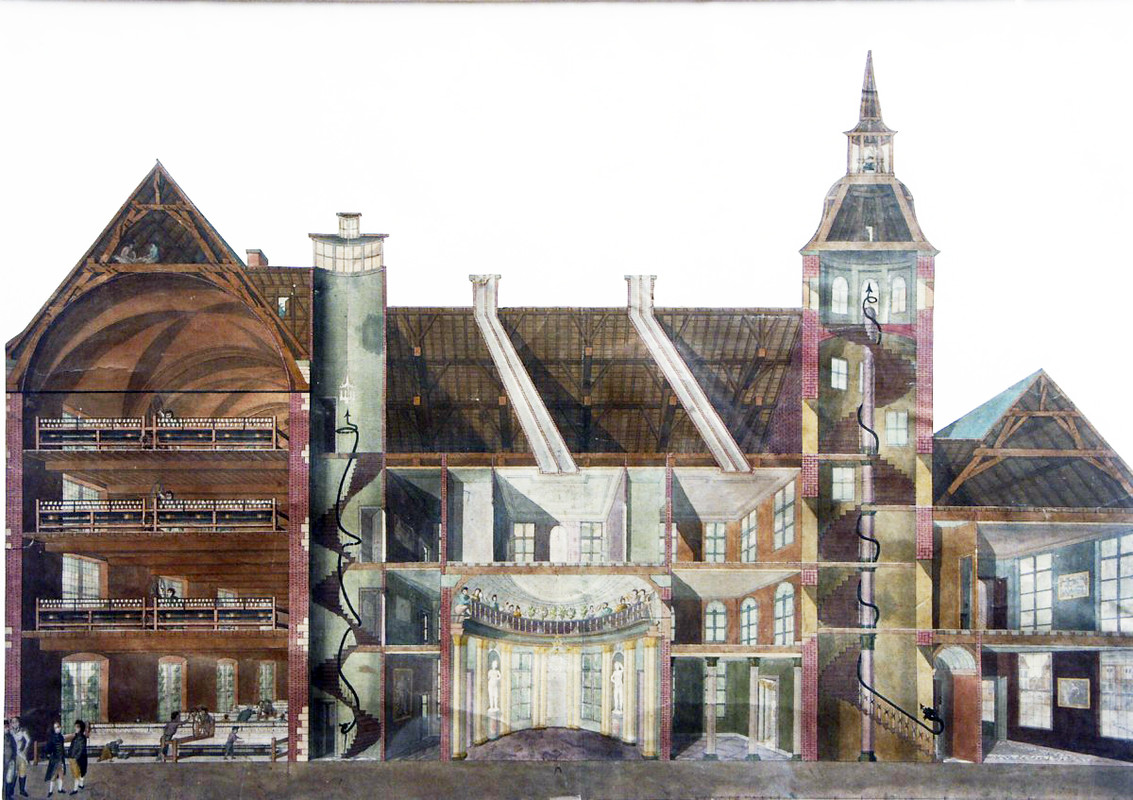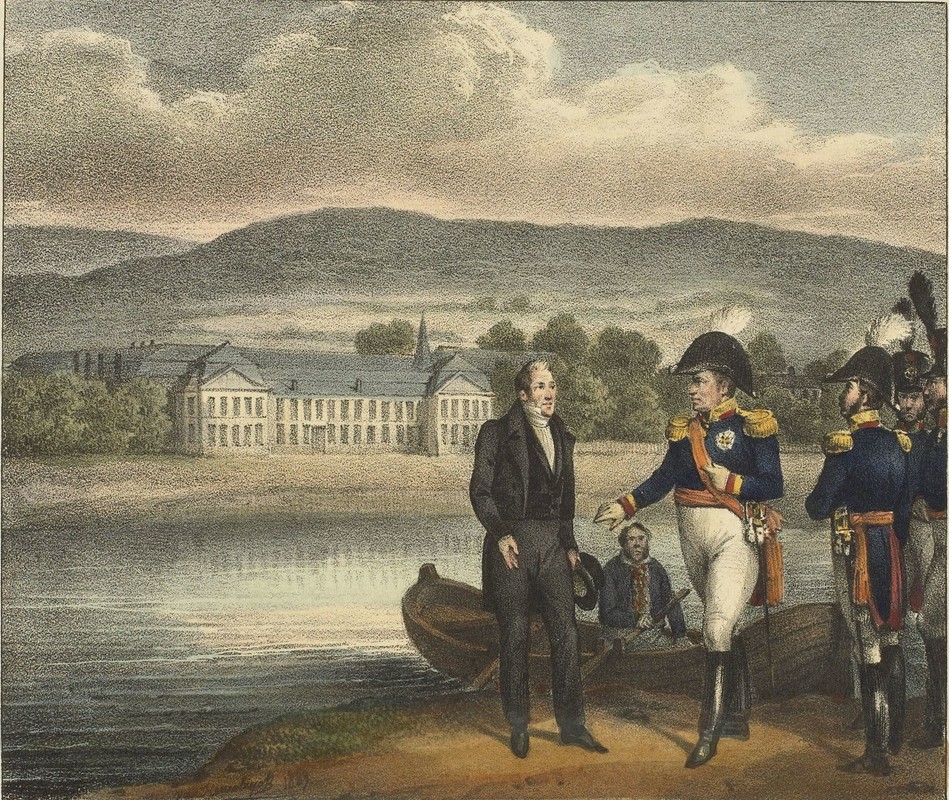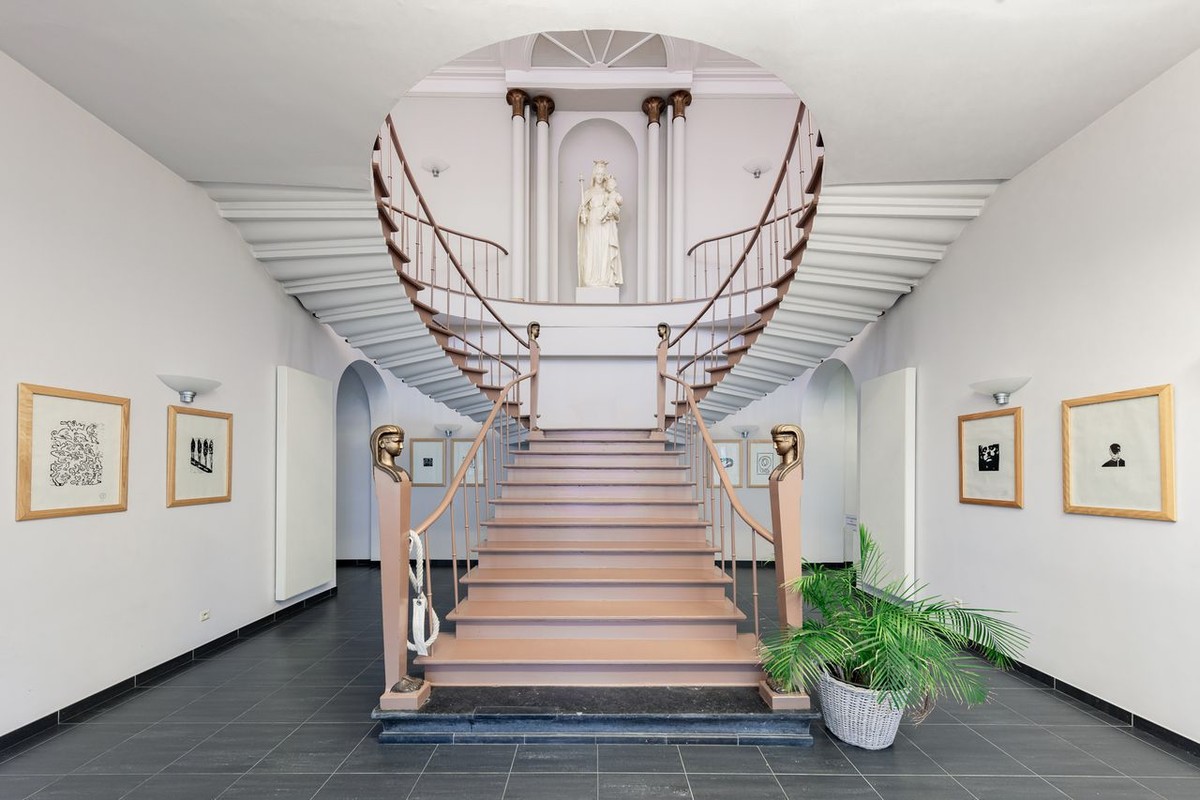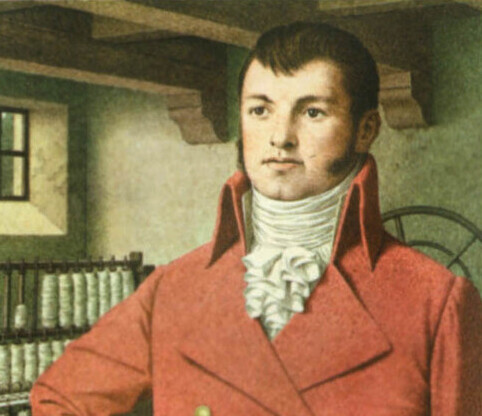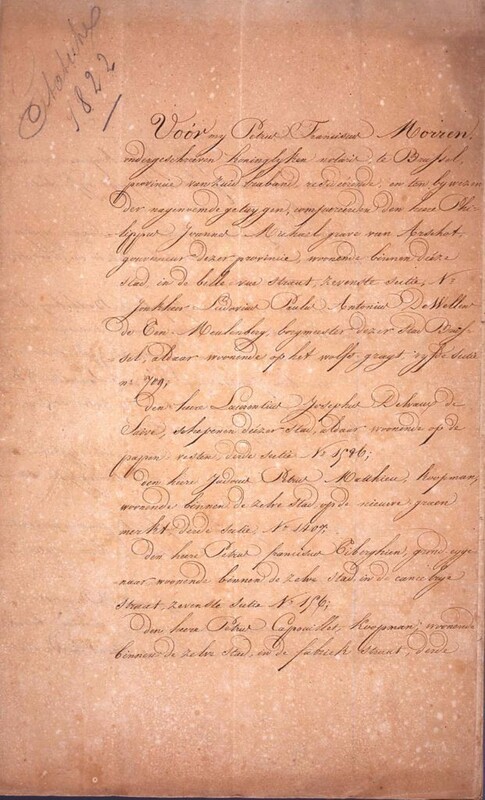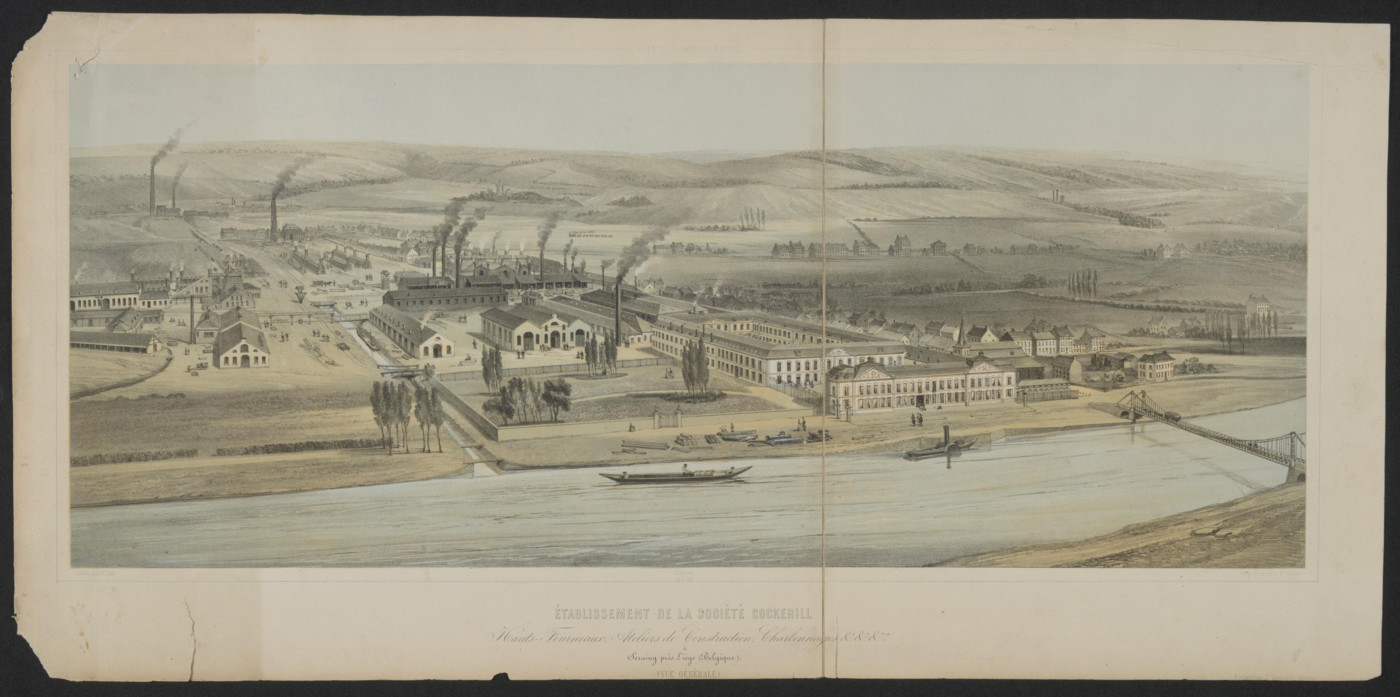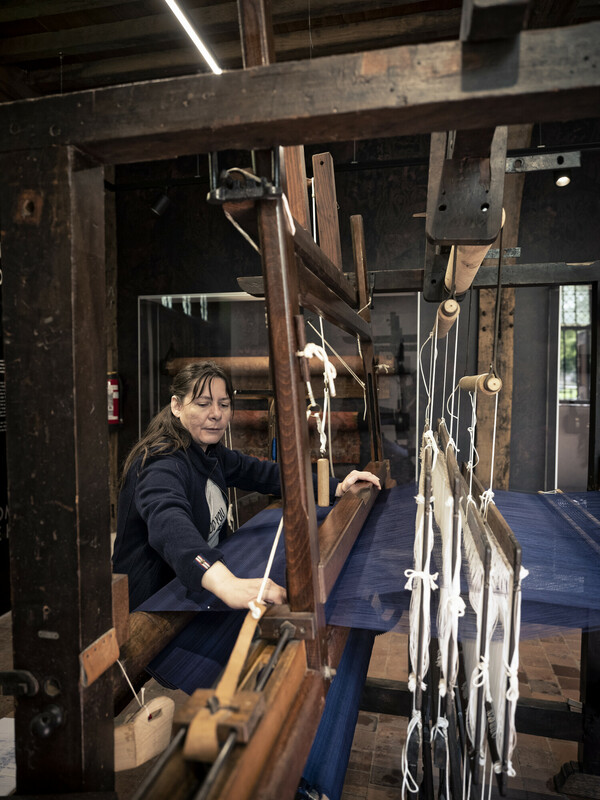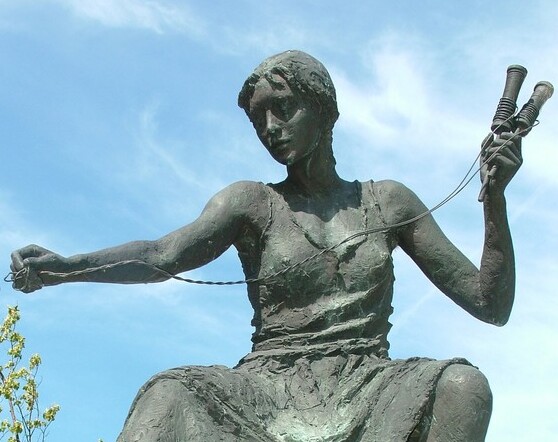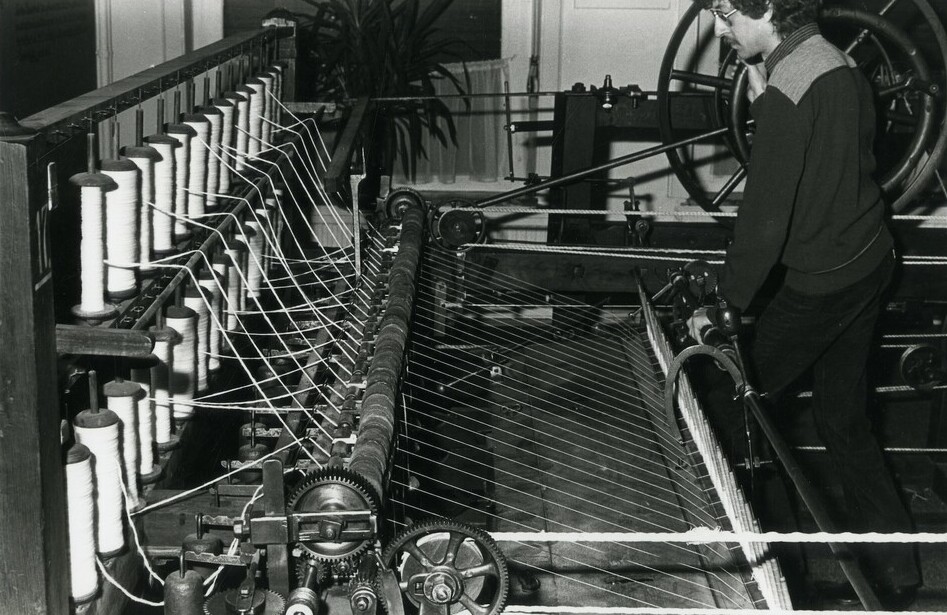
Mule Jenny from 1810. Oldest preserved specimen in the world | Ghent, Museum of Industry
The Mule Jenny
The Advent of Machines and Factories
The Mule Jenny caused a true revolution in the cotton industry: the machine could spin cotton almost two hundred times faster than a traditional spinning wheel. No wonder that the British tried to keep their invention secret as far as possible. Still, Lieven Bauwens from Ghent succeeded in smuggling a Mule Jenny onto the European continent.
Spinning cotton fibres into yarn was work that for a long time took place mainly in the English countryside. It was a labour-intensive process with which women on the farm supplemented their income from agriculture. It required ten spinners to produce enough yarn for one weaver. For that reason, in the 18th century systematic innovations took place designed to make spinning more efficient.
With the invention of the Mule Jenny in 1779 the Briton Samuel Crompton transformed the cotton industry. Spinning with a machine driven by steam power was not only much quicker, but the activity also transferred to great factory shops in new industrial towns like Manchester. Through the activity of Lieven Bauwens Ghent quickly followed the same route.
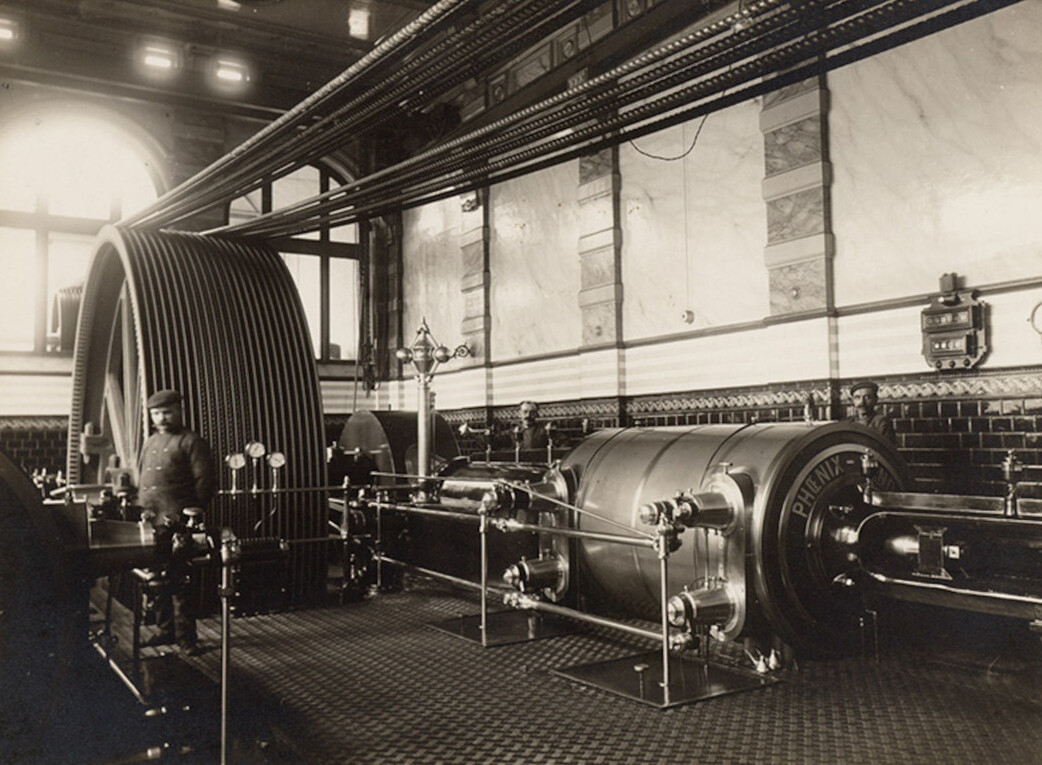
Ghent, Museum of Industry
At the end of the 18th century the steam machine got the Industrial Revolution started. Until the First World War steam remained the principal driving force.
The Advent of Machines and Factories
Large-scale production was not new. For example, the cotton industry in India and Chinese hemp spinning and iron manufacture were operating at a high capacity. But the mechanisation in the north-west of England in the second half of the 18th century was so radical that it marked the beginning of the industrial revolution. In the area around Manchester there was plenty of coal, the fuel for steam machines. Cotton could be easily brought in by sea and through the many canals. From North-West Europe the industrial revolution spread through the rest of Europe and ultimately the world.
Historians speak of a ‘revolution’ because the changes were ultimately so radical, not because they were that fast. Machines increased productivity and therefore also the wealth of the country.
The industrial revolution also changed ways of working, thinking and living. Machines were large and dependent on steam power, and so had to be located in factories. In this way people lost part of their independence. Instead of working at home they had to go to a factory, often in overpopulated towns. From now on machines determined the rhythm, which led to long working hours. For children particularly factory work was wretched.
At the same time the industrial revolution caused a shift in the balance of power within and between countries. For instance, it offered Great Britain the economic basis to become the leading power in Europe. Through industrialisation Europe was able to dominate world politics for two centuries.
Focal points
Discover more on this topic
Non-fiction
Katoen, de opkomst van de moderne wereldeconomie
Hollands Diep, 2016.
Gent. Stad van alle tijden
Mercatorfonds, 2016.
Het gestolde land. Een economische geschiedenis van België
Polis, 2016.
Ontdek ons industrieel erfgoed
Deltas, 2000.
Textiel: groots verleden, beloftevolle toekomst
Davidsfonds, 2017.
Kathedralen van de industrie
Borgerhoff & Lamberigts, 2021.
Wallonië, Tijdreis naar onze zuiderburen
2021.
Arm en Rijk
Unieboek/Het Spectrum, 1998.
De opkomst van de industrie 1700-1800
Corona, 2014. (12+)
Hier wordt gewerkt! Een kijk- en zoekboek doorheen ateliers
Pelckmans, 2021. (6+)
Waanzinnige uitvindingen op weg naar de moderne wereld: van ploeg tot printer
Corona, 2018. (9+)
Waarom de stoommachine geen Chinese uitvinding is. Hoe het Westen zo welvarend kon worden
Nieuw Amsterdam, 2013.
John Cockerill. Keizer van de industriële revolutie
Houtekiet, 2022.
Een kleine geschiedenis van grote durvers: buitengewone Belgische ondernemers van de middeleeuwen tot nu
Lannoo, 2020.
Fiction
Laat me gaan! Tijd van burgers en stoommachines
Zwijsen, 2020. (9+)
Voortman: de begindagen van de Gentse katoenindustrie: historiografische fictie
Academia Press, 2015.
De Avonturen van Suske en Wiske: De Hellegathonden (nr. 208)
Standaard, 1986.
